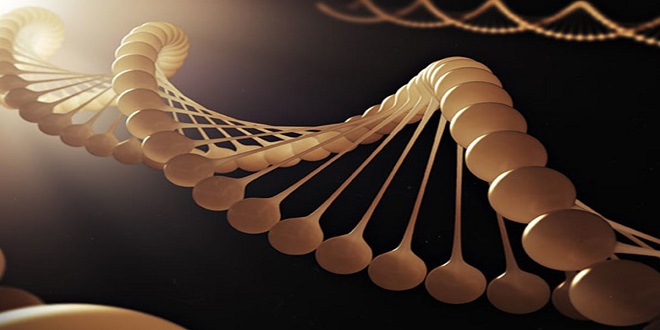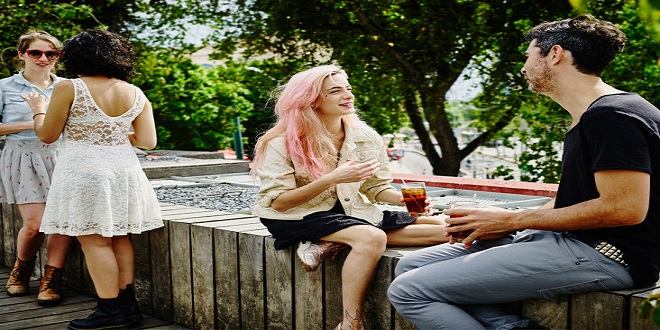Human Development and Genetics

HUMAN DEVELOPMENT
During the 40 weeks of gestation, the embryo-fetus is protected and nourished in the uterus of the mother. A human being begins life as one cell, a fertilized egg called a zygote, which develops into an individual human being consisting of billions of cells organized into the body systems with whose functions you are now quite familiar.
FERTILIZATION
Although millions of sperm are deposited in the vagina during sexual intercourse, only one will fertilize an ovum. As the sperm swim through the fluid of the uterus and fallopian tube, they undergo a final metabolic change, called capacitation. This change involves the acrosome, which becomes more fragile. When sperm and egg make contact, the acrosome enzymes will digest the layers of cells and membrane around an ovum.
Once a sperm nucleus enters the ovum, changes in the egg cell membrane block the entry of other sperm. The nucleus of the ovum completes the second meiotic division, and the nuclei of ovum and sperm fuse, restoring the diploid number of chromosomes in the zygote.
EMBRYO AND EMBRYONIC MEMBRANES
An embryo is the developing human individual from the time of implantation until the eighth week of gestation. Several stages of early embryonic development. At approximately 12 days, the embryonic disc (the potential person) is simply a plate of cells within the blastocyst. As cells keep dividing, the plate of cells begins to fold. At 14 days twinning is believed to be no longer possible.
Very soon thereafter, three primary layers, or germ layers, begin to develop: the ectoderm, mesoderm, and endoderm. This is a major step in the specialization of the embryo cells, because different sets of genes are switched off for each of the three layers, while the genes appropriate for the layer remain switched on. Each cell is now committed to a particular layer and can no longer “go back,” that is, become a cell of either of the other two layers.
PLACENTA AND UMBILICAL CORD
The placenta is made of both fetal and maternal tissue. The chorion of the embryo and the endometrium of the uterus contribute, and the placenta is formed by the third month of gestation (12 weeks). The mature placenta is a flat disc about 7 inches (17 cm) in diameter. The structure of a small portion of the placenta. Notice that the fetal blood vessels are within maternal blood sinuses, but there is no direct connection between fetal and maternal vessels. Normally, the blood of the fetus does not mix with that of the mother. The placenta has two functions: to be the site of exchanges between maternal and fetal blood and to produce hormones to maintain pregnancy. We will consider the exchanges first.
THE INFANT AT BIRTH
Immediately after delivery, the umbilical cord is clamped and cut, and the infant’s nose and mouth are aspirated to remove any fluid that might interfere with breathing. Now the infant is independent of the mother, and the most rapid changes occur in the respiratory and circulatory systems.
CHROMOSOMES AND GENES
Each of the cells of an individual (except mature red blood cells and egg and sperm cells) contains 46 chromosomes, the diploid number. These chromosomes are in 23 pairs called homologous pairs. One member of each pair has come from the egg and is called maternal, the other member has come from the sperm and is called paternal. The autosomes are the chromosome pairs designated 1 to 22. The sex chromosomes form the remaining pair. In women these are designated XX and in men XY.
GENOTYPE AND PHENOTYPE
For each gene of a pair, there may be two or more possibilities for its “expression,” that is, how it will appear or how it will affect the individual. These possibilities are called alleles. A person, therefore, may be said to have two alleles for each protein or trait; the alleles may be the same or may be different. If the two alleles are the same, the person is said to be homozygous for the trait. If the two alleles are different, the person is said to be heterozygous for the trait.
Last word
The inheritance of other characteristics is often not as easily depicted as are the examples just discussed. Height, for example, is a multiple gene characteristic, meaning that many pairs of genes contribute. Many pairs of genes result in many possible combinations for genotype and many possible phenotypes. In addition, height is a trait that is influenced by environmental factors such as nutrition. These kinds of circumstances or influences are probably important in many other human characteristics.





